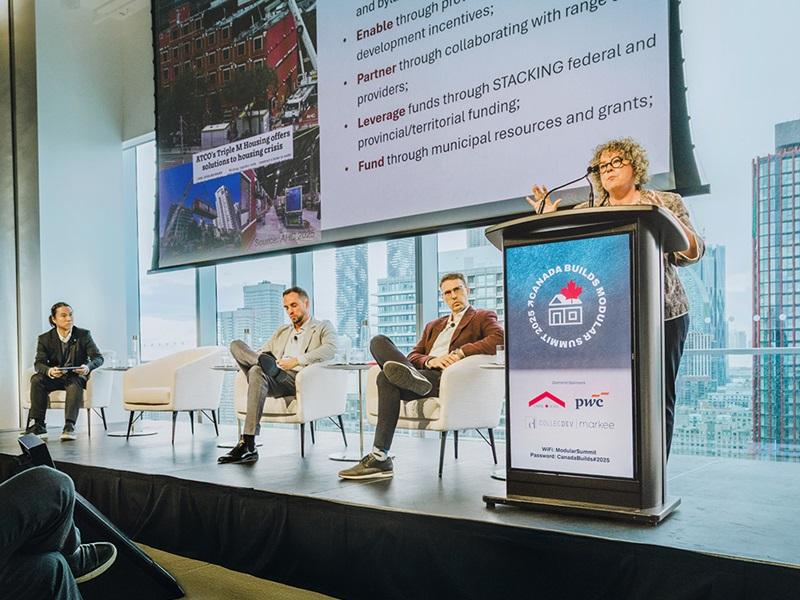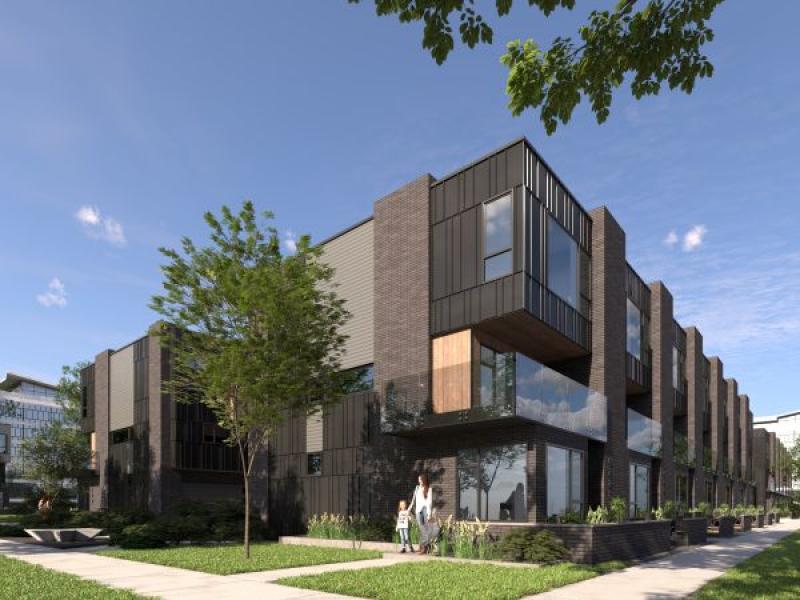
Toronto's BVM Contracting is getting more requests from homeowners and investors interested in densifying residential properties these days, but one of the firm's senior managers cautions that planning around the financial viability is a key consideration in such a project.
“There has been a lot of demand, like top-line demand,” Ryan Meagher, the company's business development and lead estimator, told RENX Homes. BVM is a homebuilder with a specialty in redeveloping or renovating properties to add additional units and density.
He attributes the increase in demand to people who are densifying their property for their families, and investors speculating on properties or seeking to add additional value.
A key factor behind the shift, he said, are changes such as the amendment passed by Toronto city council in 2024 which permits townhomes, duplexes, triplexes and small-scale apartment buildings up to six storeys along major streets. In a blog post Meagher wrote earlier this year, he said it opens up opportunities for property owners who may be approached by developers and investors, or are interested in becoming small-scale developers themselves.
Meagher has seen family-oriented clients be more successful than some investors because of the current high costs of entry into the Toronto housing market.
“It’s very difficult for real estate investors to get the right numbers on their pro formas to justify the investment in these not-so-dense development projects,” he said.
However, “it’s still difficult to justify from a purely financial standpoint sometimes” for either client, he noted. For people who want to delve into such development, Meagher urges ensuring the economics make sense and compromising on planning when needed.
Family, rental income biggest motivators
BVM is a family-owned business founded by B. Vince Meagher in 1997, the father of Ryan. A construction sector veteran who started his career in termite remediation, B. Vince Meagher formed BVM to perform home renovations and additions.
Toronto and the Durham region are its largest markets.
Ryan Meagher’s interest in the topic was piqued when the Ontario government passed a new law under the planning act last year to make it easier to build accessory dwelling units (ADUs), such as basement apartments and garden suites. Developing more dense housing in existing neighbourhoods is one way to help tackle housing affordability challenges in Toronto and other major cities, he explained.
“I think it’s in our best interest to be part of that solution instead of being part of the problem,” Meagher said of BVM, and to help “get people the right advice on how to to densify their properties.”
Most of the people who have approached BVM about densifying their properties have been property owners who want to dip a toe into development. While generating rental income is a major motivator, Meagher said another reason is having family closer to home.
The high cost of housing in Toronto has led some homeowners to explore ADUs, he added.
For example, BVM is currently building a garden suite in Etobicoke for a client with an adult son. The ADU means he can live independently in the backyard at a fraction of the cost of buying a new home. Other clients have looked to house their elderly parents in similar set-up for easier care.

BVM has also been approached by investors interested in these types of redevelopments on major streets. But when the firm crunches the numbers, it often finds these projects, such as fourplexes and sixplexes, are harder to make financially viable.
As such projects are limited to a maximum of six storeys, the economy of scale is not too compelling. The cost per unit becomes “astronomical” compared to larger multi-unit developments, Meagher said.
Another factor that must be accounted for is the significant increase in utility demand for water, gas and electricity.
“When you’re knocking a bungalow down and trying to create a completely new house, those numbers balloon versus working within an existing footprint,” Meagher explained.
What redevelopment will require
Before embarking on a redevelopment for density, Meagher recommends having a solid financial backing in assets, income and investments.
“I think a lot of people don’t realize how solid a foundation you need,” he said.
BVM has thrown cold water on many proposed projects after evaluating the financial feasibility, Meagher said. But densification is still possible.
While a new building may not be the ideal option, there are compromises such as ADUs and basement apartments that use the existing structure. Another is scaling down the plan from a fourplex to a threeplex.
The amendment has empowered Torontonians to explore the possibility of boosting housing density, Meagher said. He expects more homeowners will consider the possibility of preparing their basement as a secondary suite to be rented out, for example.
“It’s just opened up that line of conversation.”










